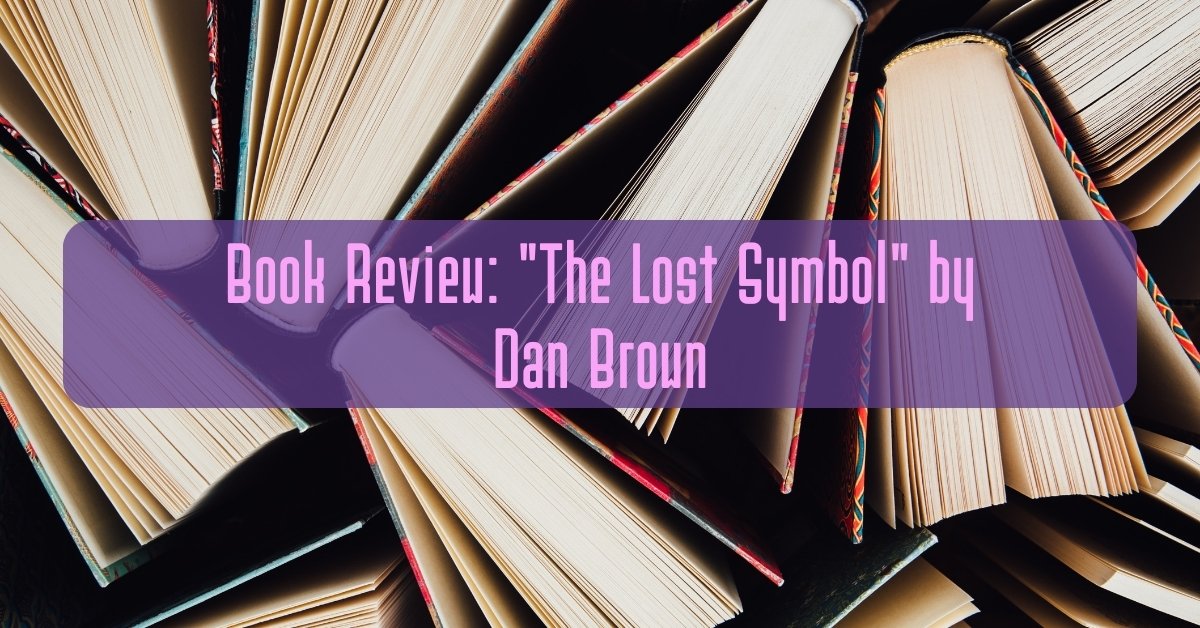Combining mysterious symbols with hidden meanings, the cult-like Freemasons, and the US Founding Fathers, Dan Brown’s latest book, The Lost Symbol, takes his readers deep into the secrets of Washington, DC. Following the huge success of Brown’s writing in The Da Vinci Code and Angels and Demons (both books having been made into feature films as well), much was expected of Brown in this latest novel. Those books of his that were breakout sensations center on secrets brought to light, and The Lost Symbol follows this same trend.
The Lost Symbol
Dan Brown
ISBN: 978-0385504225
Brown is also an author who knows how to use place (be it the Vatican or the US Capitol) to good effect in telling a story. In the case of The Lost Symbol, Brown takes readers on a tour of Washington, DC, and its government-dominated landscape, including places both familiar (such as the Washington Monument) as well as those less known spots (such as the Masonic Temple in Alexandria, Virginia, just a few subway stops away from the capital). Those who are familiar with Washington will enjoy seeing how he uses the landmarks of the city to good effect; those who haven’t spent much time in Washington will want to visit.
Brown also continues his trend of including clues in his stories that any reader can relate to but which few readers pay attention to (for example, the pyramid that appears on the dollar bill). He joins these “obvious” mysteries with more esoteric material (such as exposing readers to Noetic science) to create a spell-binding effect. New innovations are interwoven with ancient mysteries to spur the story on.
Also Read
Finally, Brown adds in plot, and here, The Lost Symbol (unlike his more successful books) begins to falter somewhat. This novel, like The Da Vinci Code and Angels and Demons, features its hero, Robert Langdon, a Harvard professor whose expertise is the study of symbols. Called to Washington by an old friend who is also head of the Smithsonian, he soon finds himself embroiled in a kidnapping case that will depend on Langdon’s knowledge of the Masons and their associated mysteries to help save his friend from the equally brilliant villain.
There is plenty of murder and mayhem along the way, and this book is a thriller in the truest sense of the word. There are lots of dicey situations spurring the story on, plenty of intellectual tangents to create intrigue, and one killer to stop (with help from the CIA). Just what does the killer want?
Access to the ancient mysteries via a Masonic pyramid and a portal, which he believes lies somewhere under the city of Washington, DC. He wants Langdon to help him retrieve the pyramid (the link to the answer to where the portal lies) and help decipher the code contained in it.
Where the story falters is, unfortunately, at the end. While Brown takes his readers on a great chase throughout the city, the ending is ultimately less satisfying than The Da Vinci Code. Brown even gets a bit preachy at the end. He may be right about the argument he is laying out, but the end of the story is not the place for such a discussion if it belongs in a novel at all.
As a result, the book is a letdown because of its uninteresting, anticlimactic ending. Where Angels and Demons and The Da Vinci Code held readers’ attention to the last page, in The Lost Symbol, it seems what is lost is a good ending.












